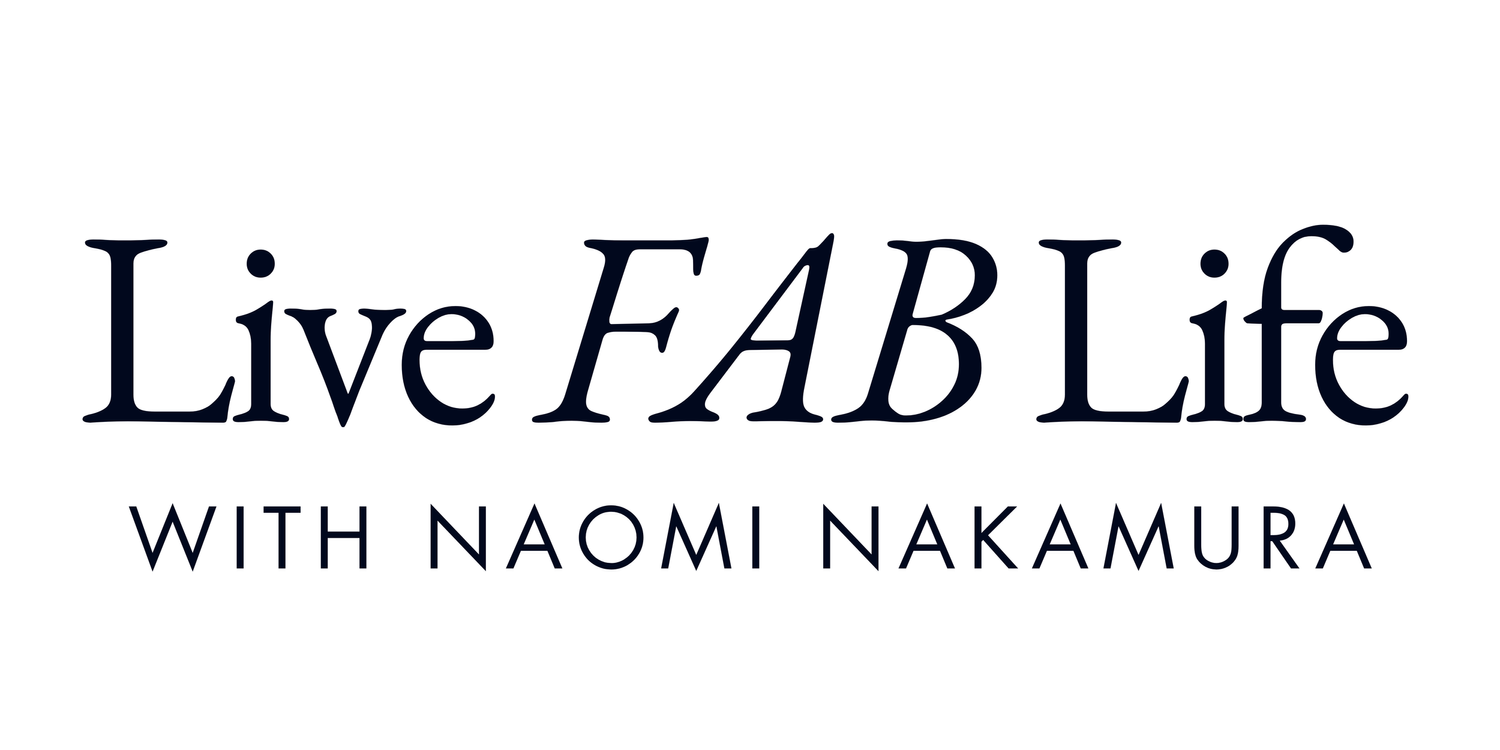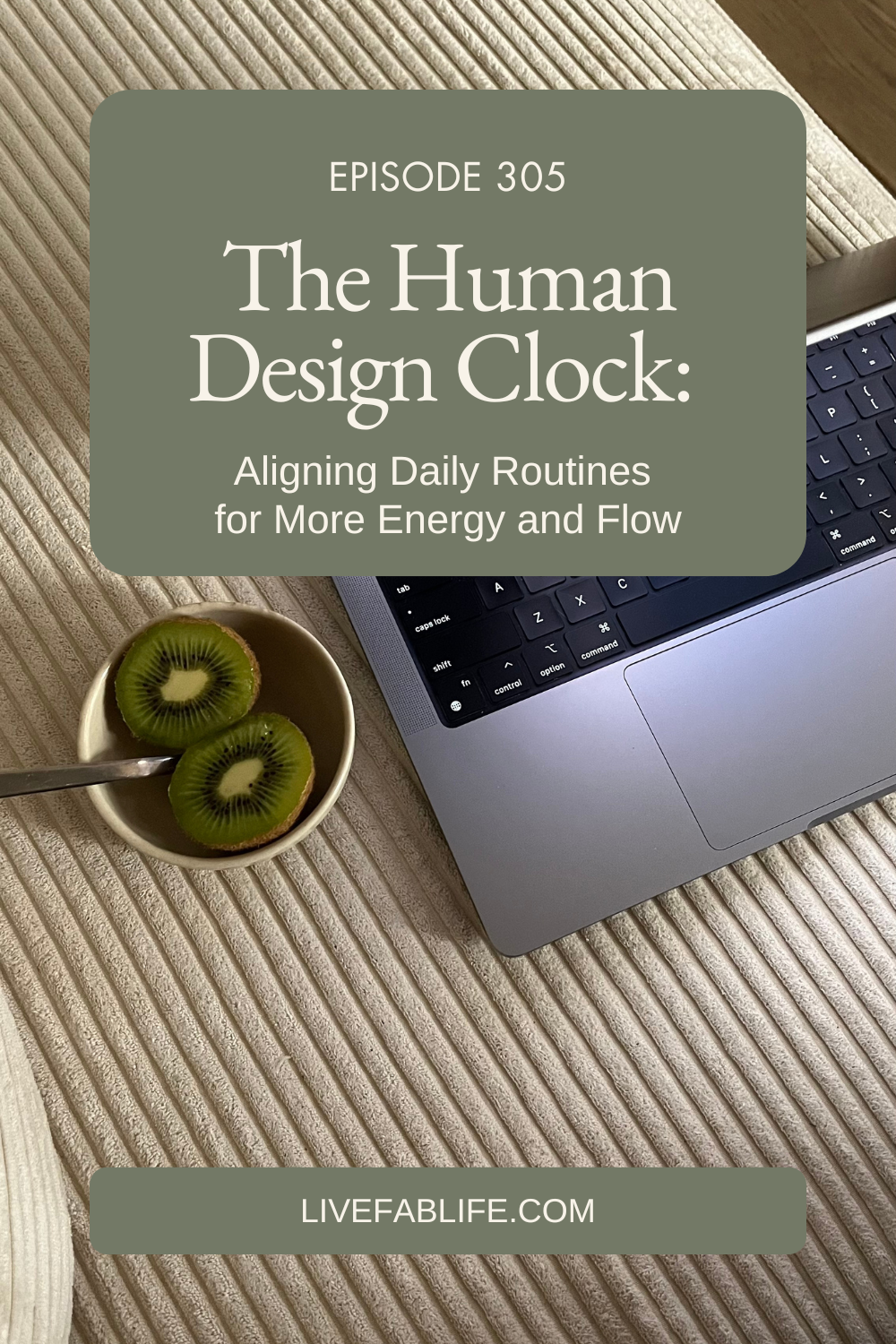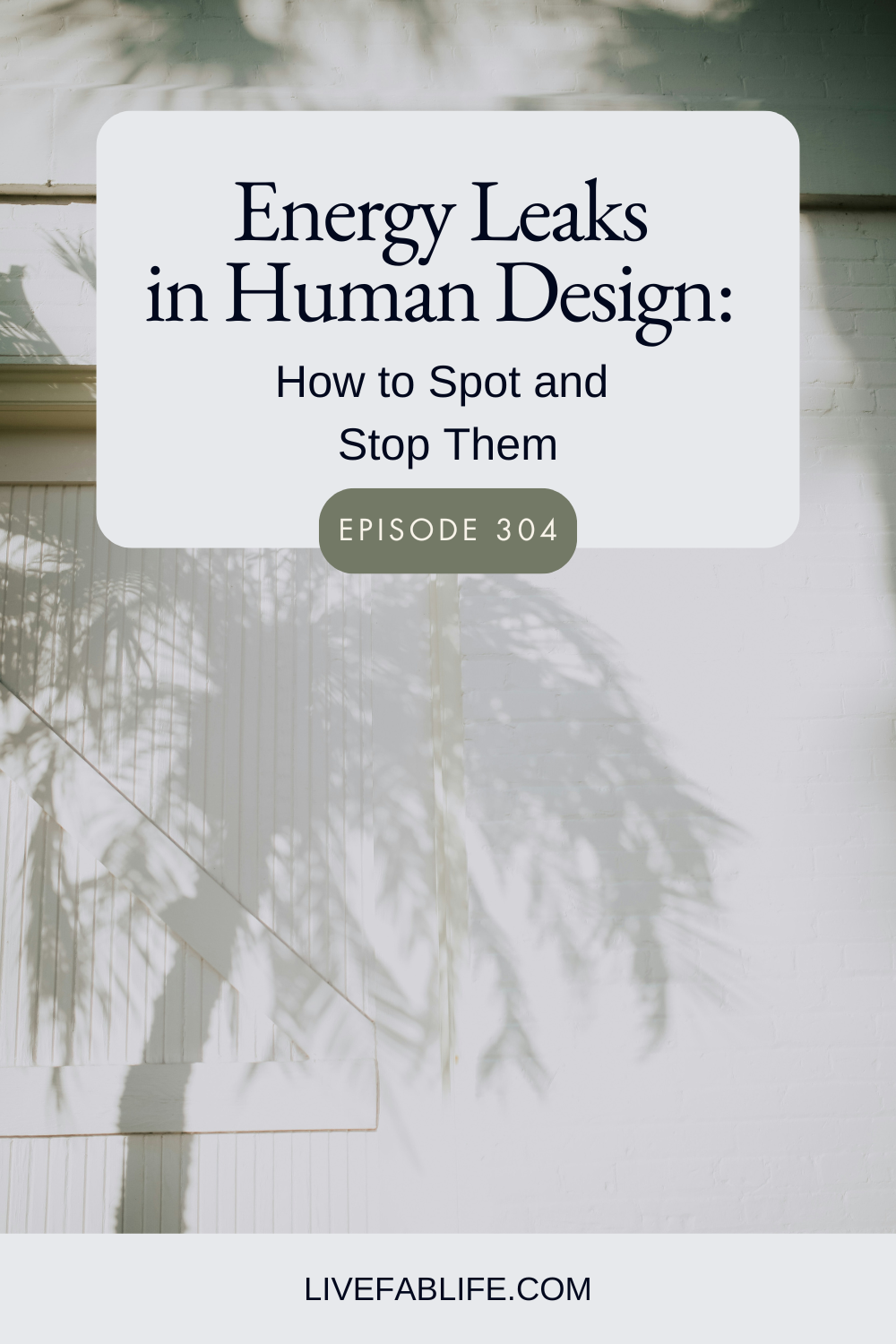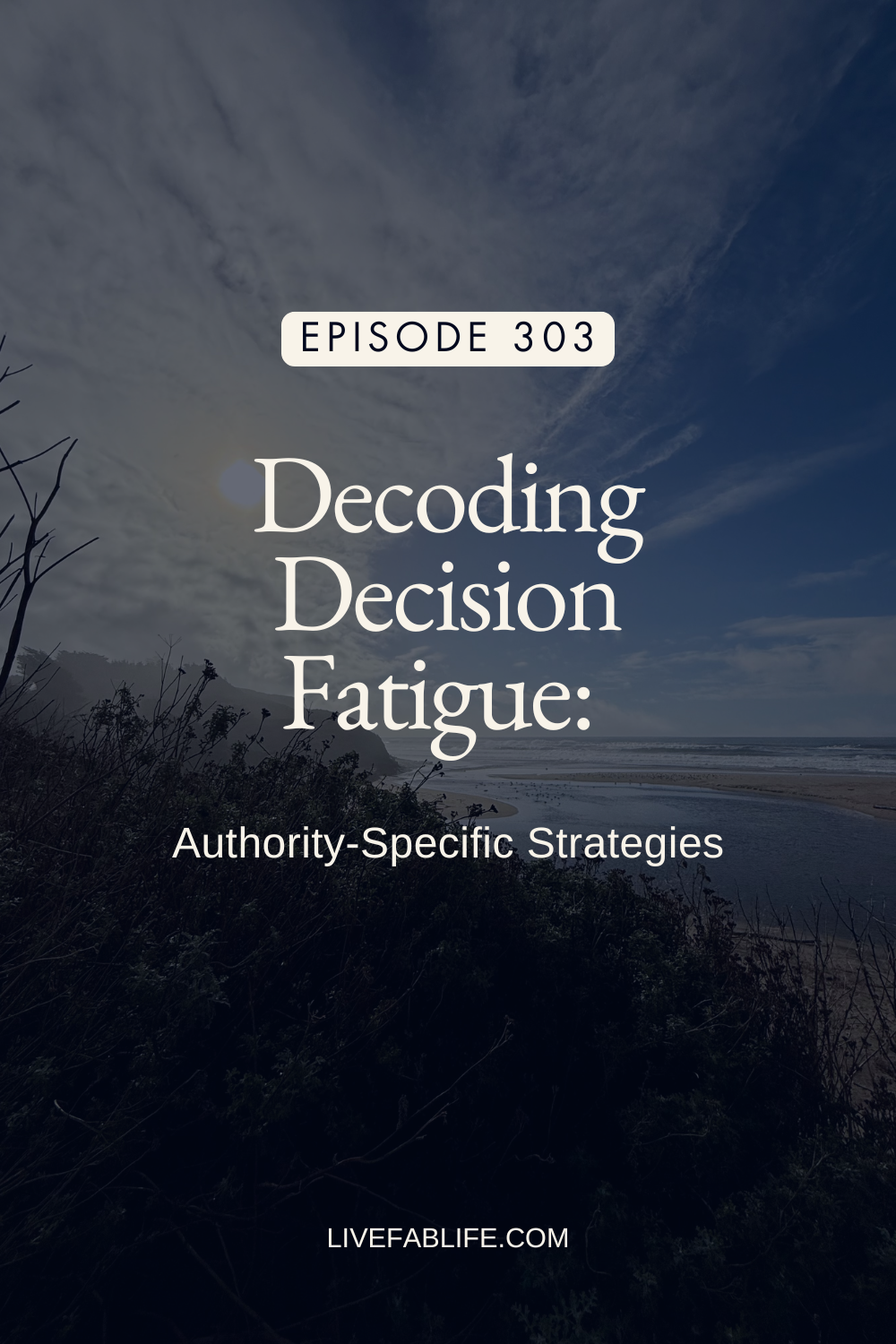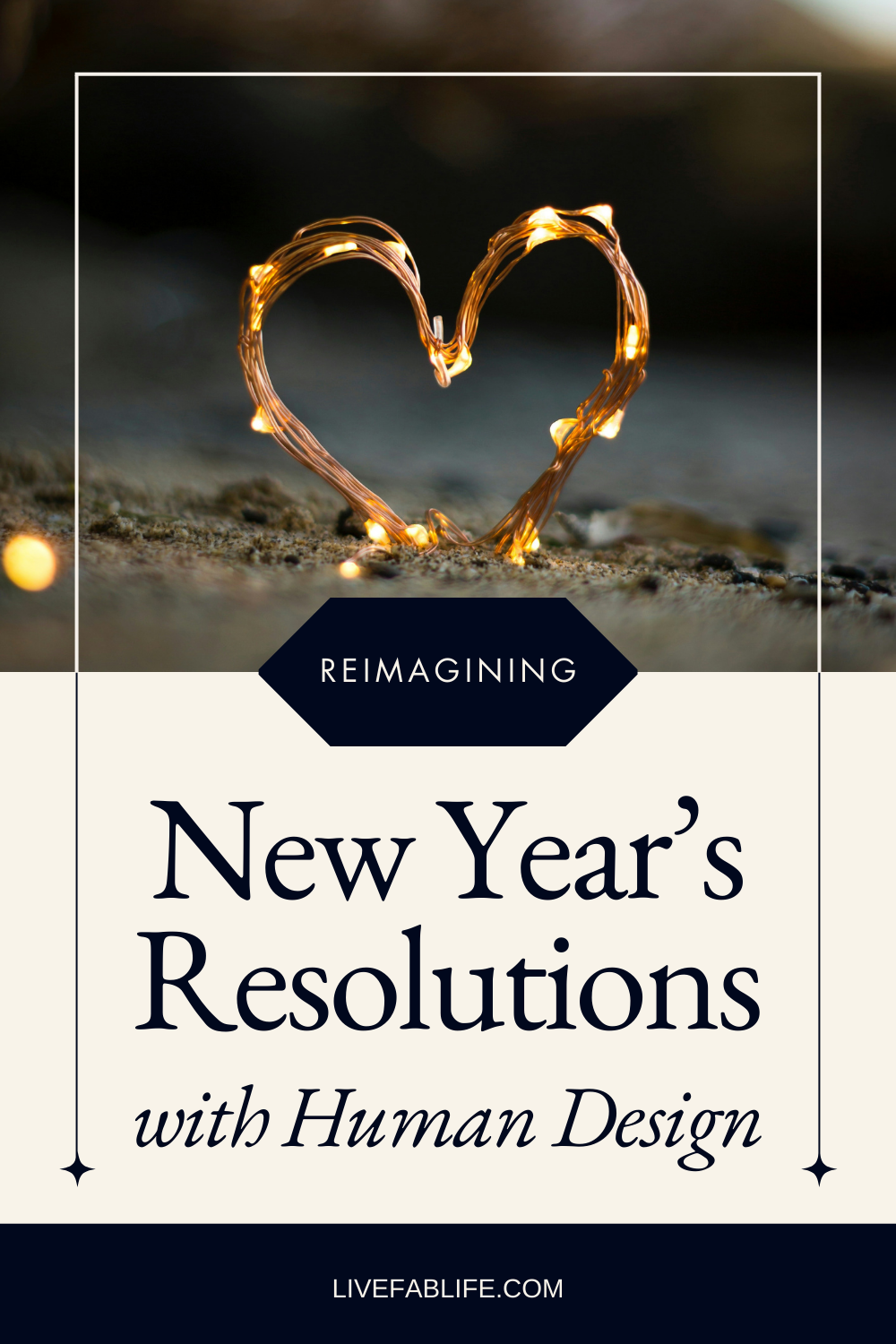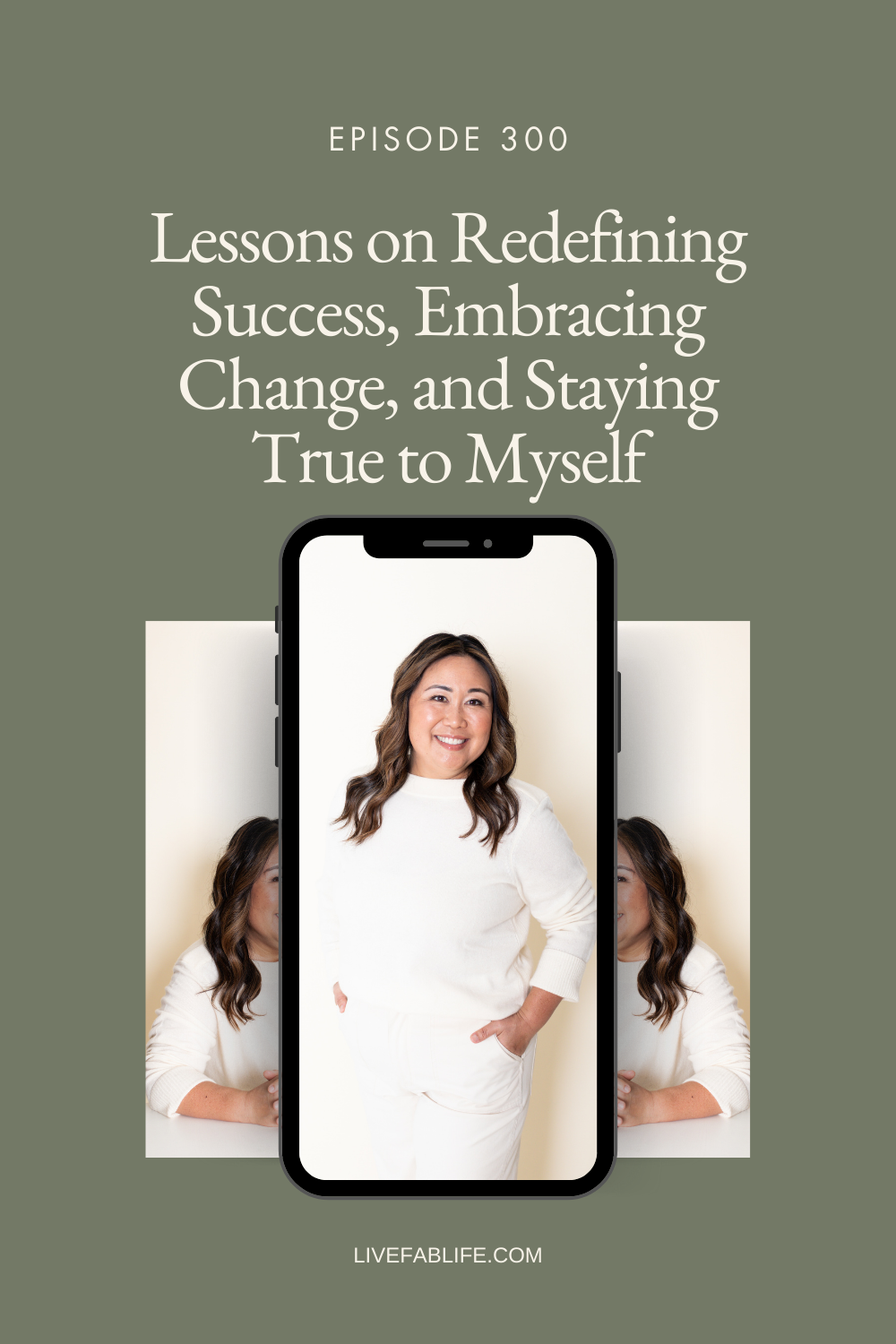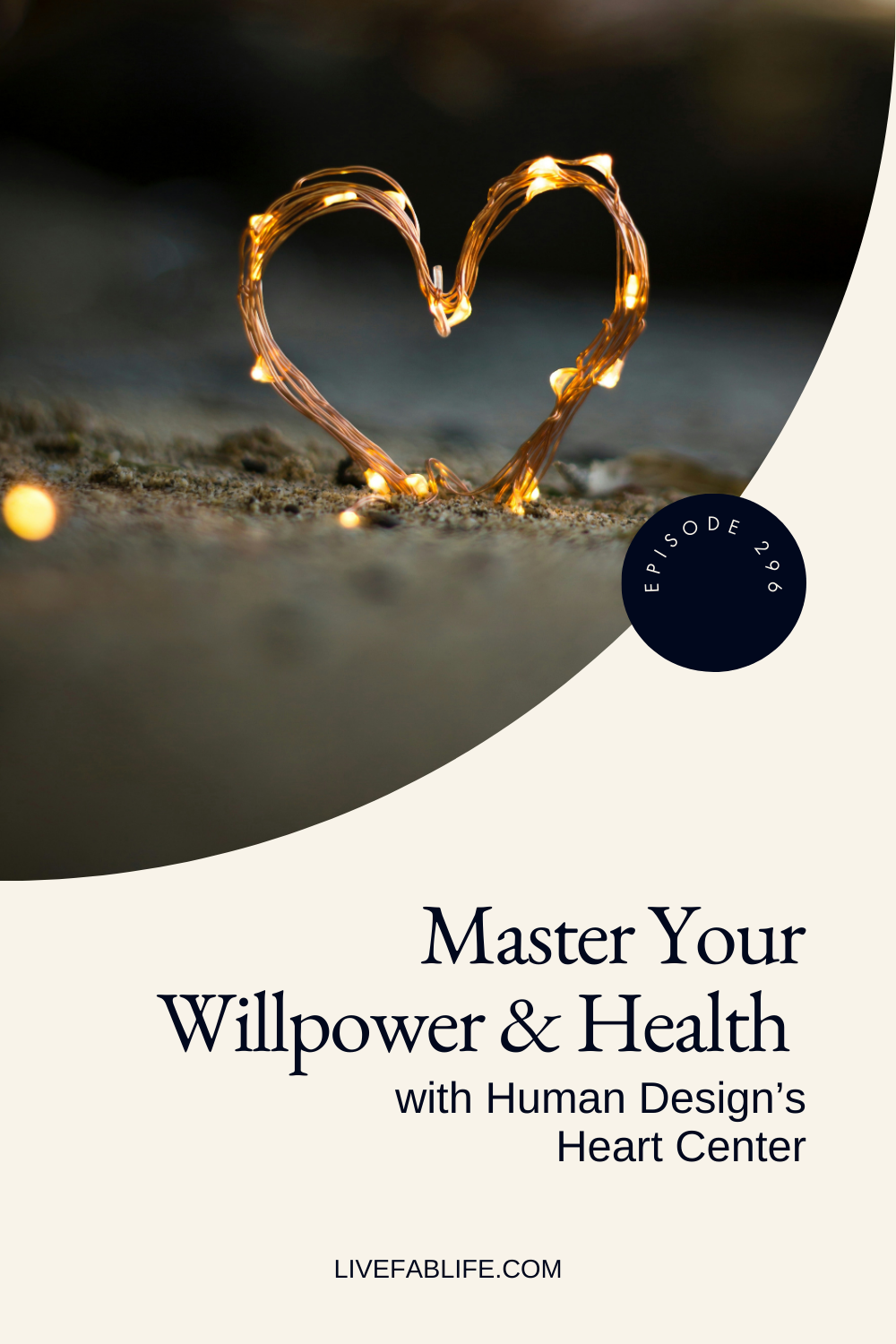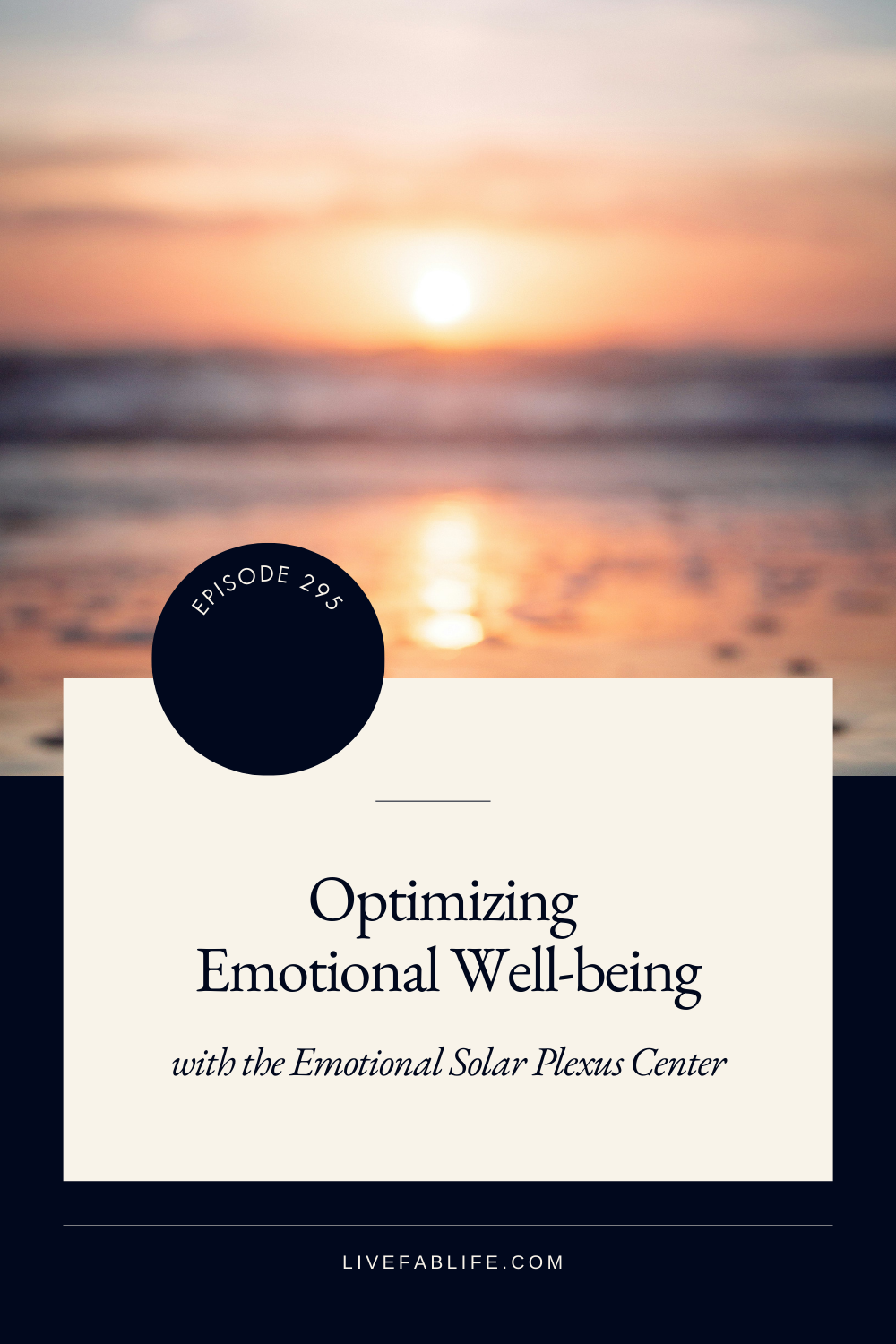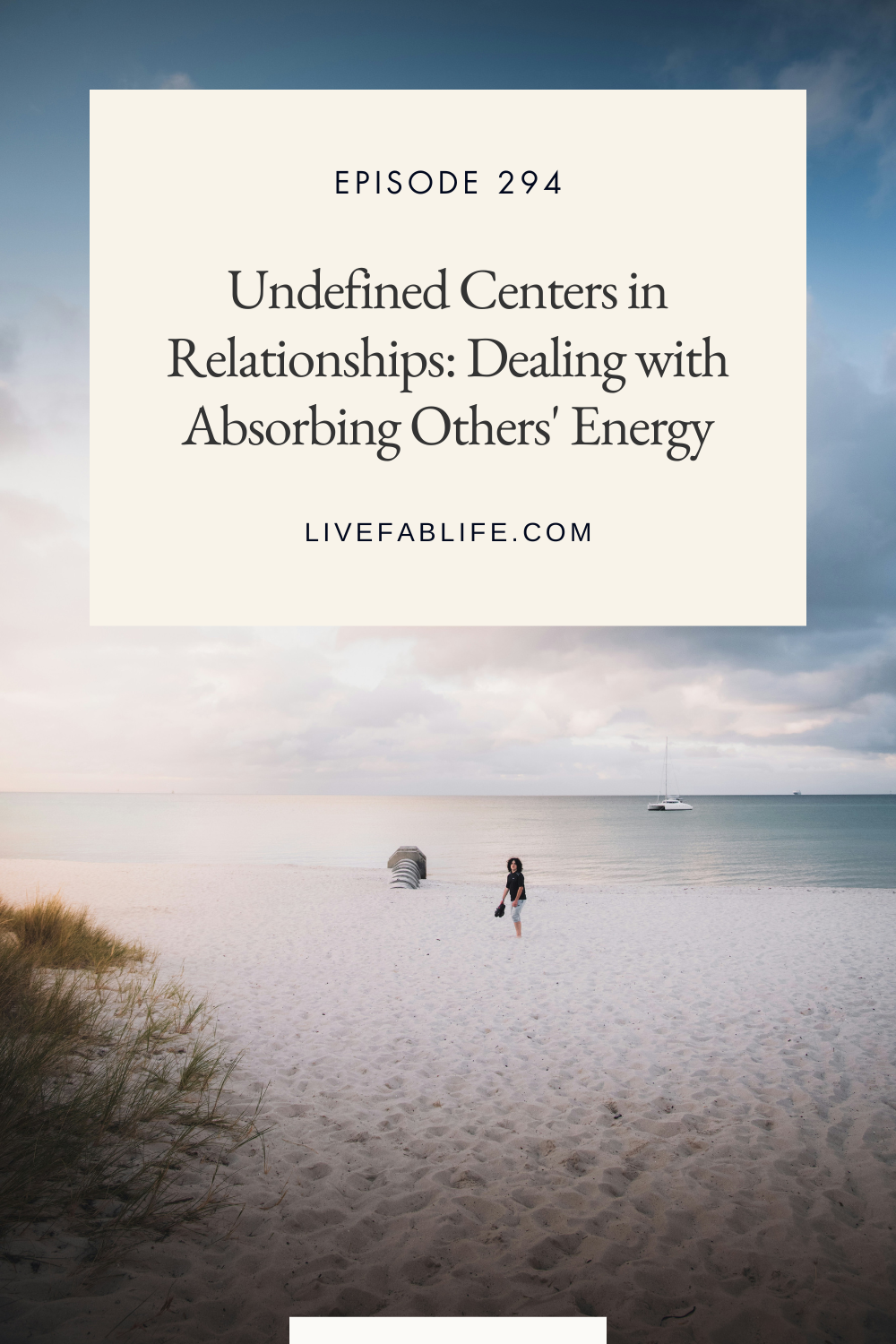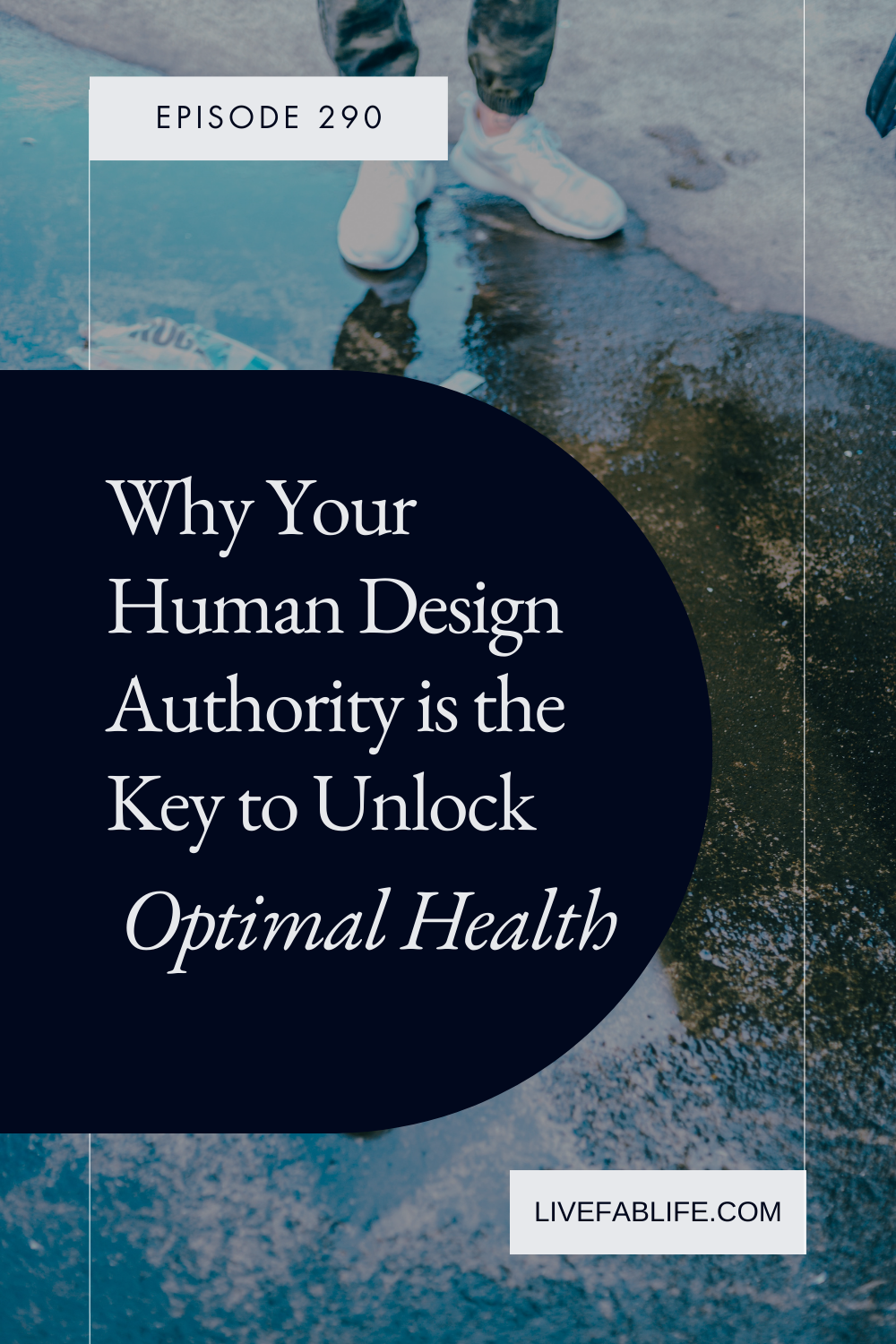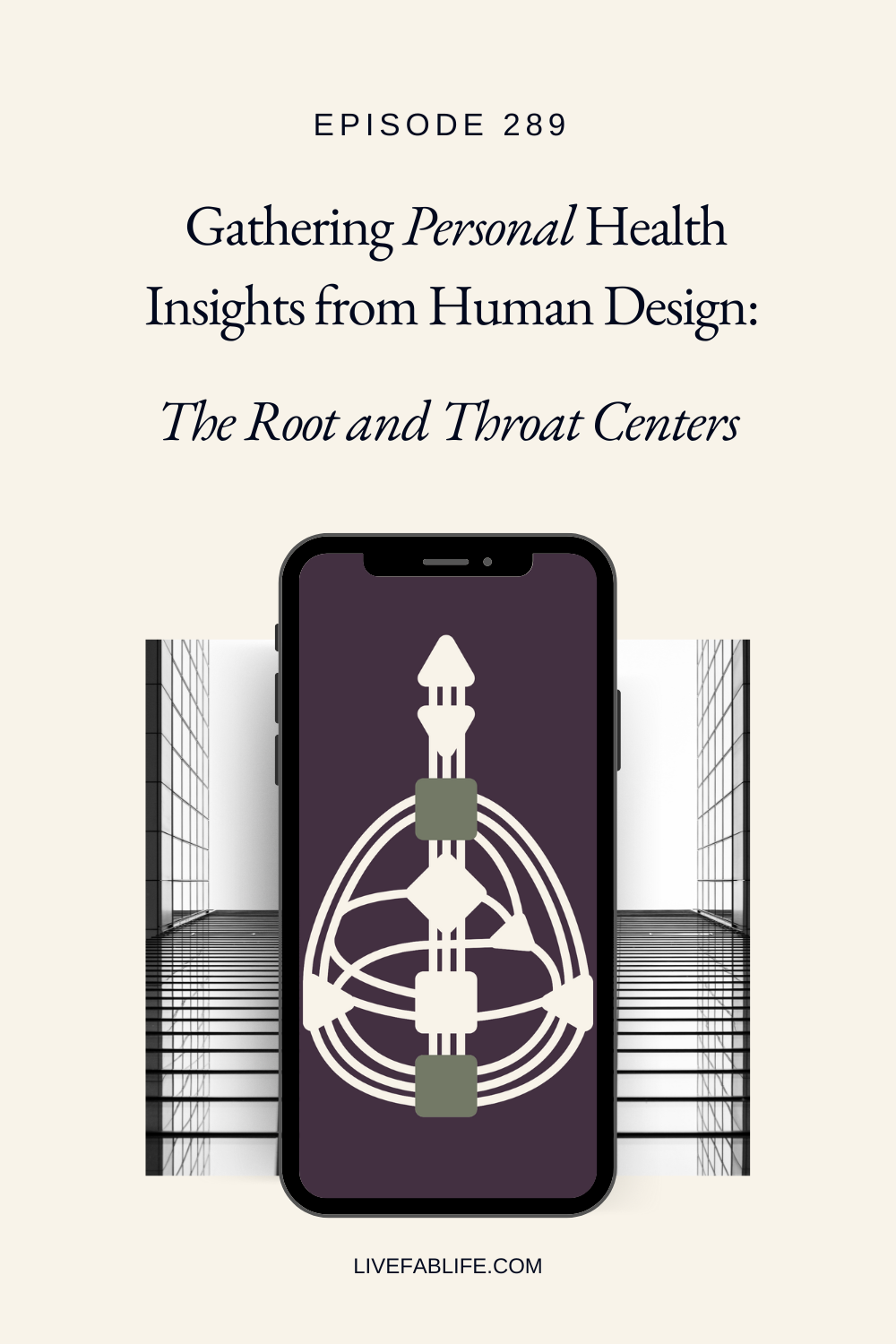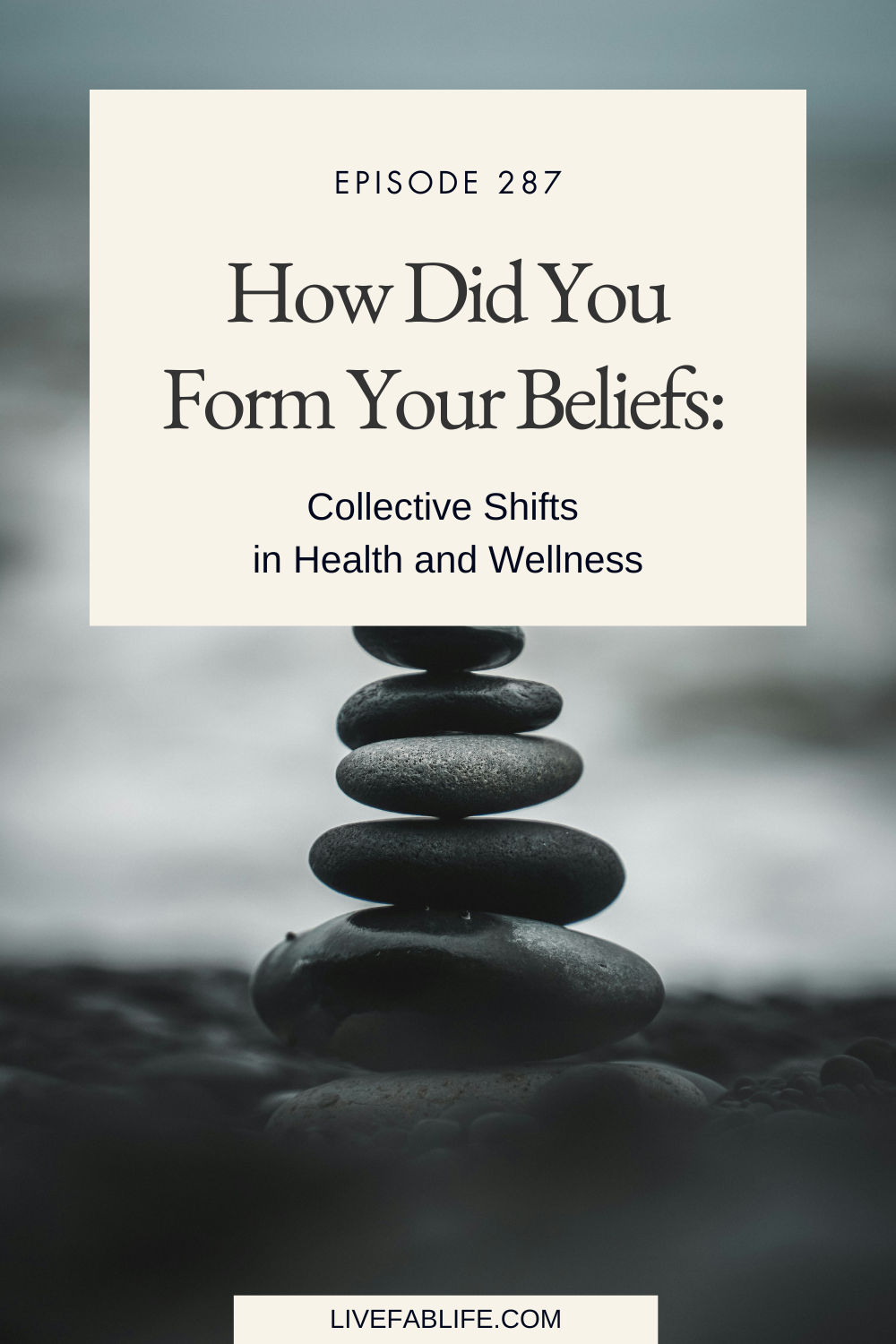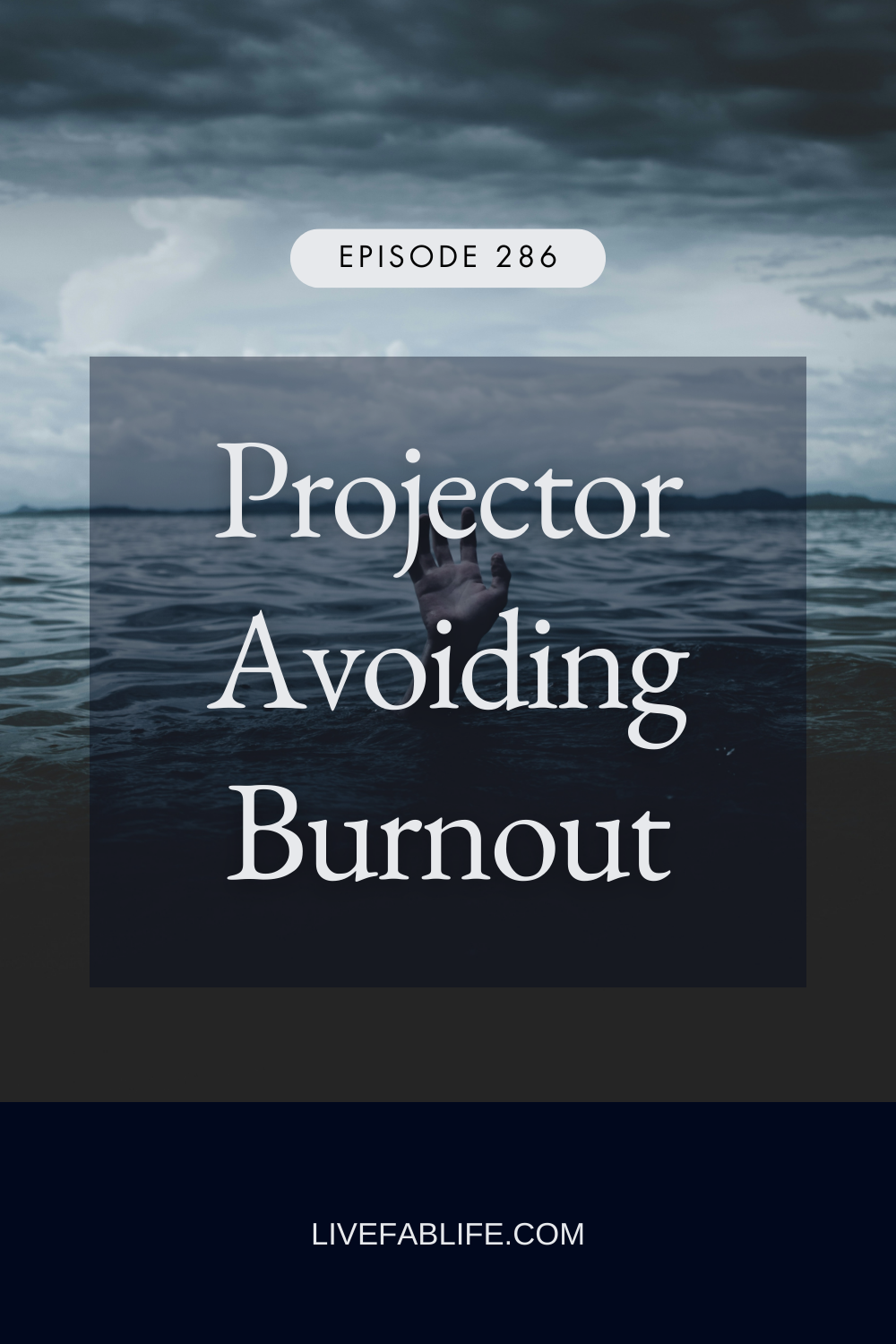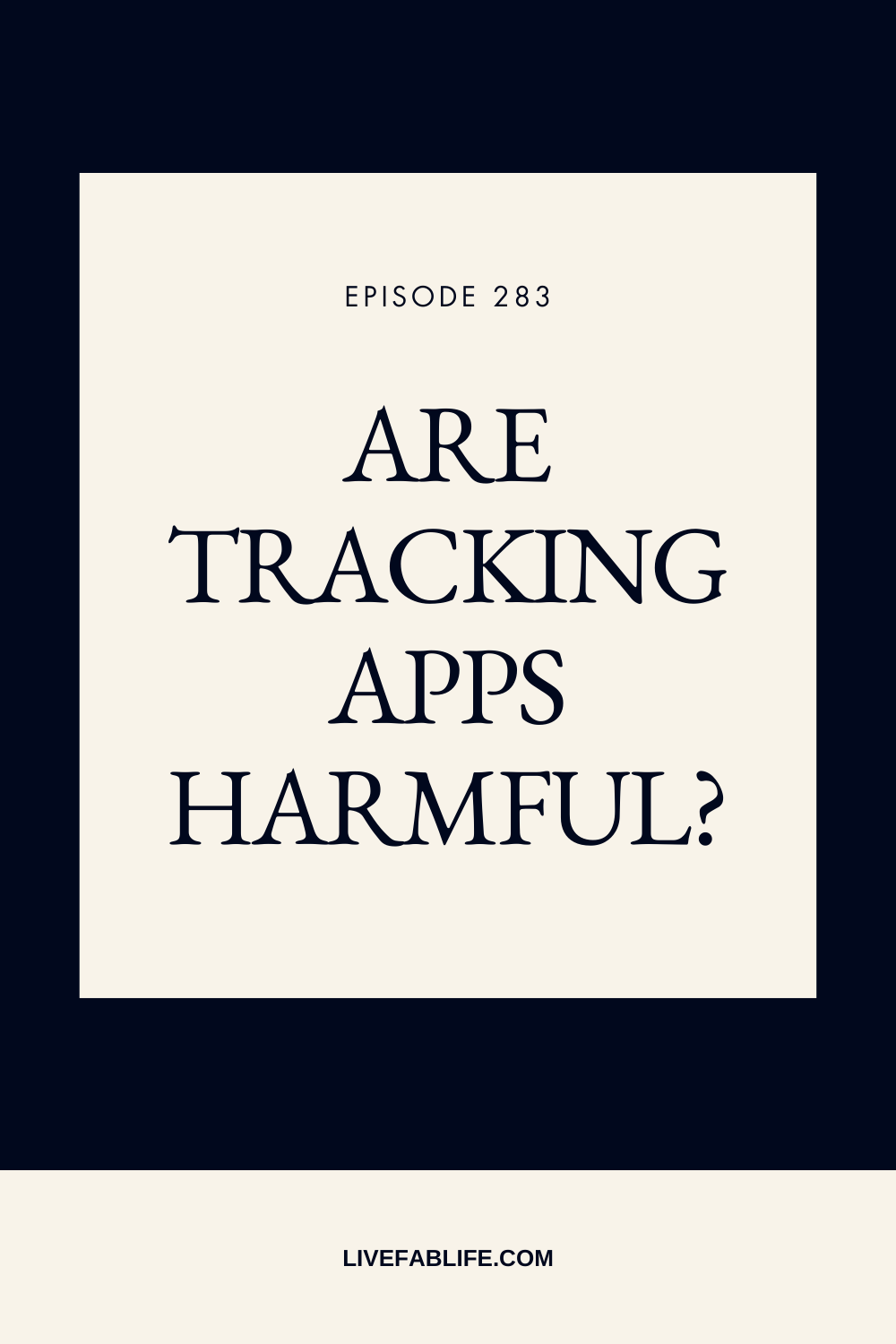Episode 157: Tips for Movement and Fitness Anywhere with Bryan Osuna of Committed HP
I’ve always had a mental block about working out at home. But when the pandemic started and the stay-at-home orders went into place, my gym, along with so many others shut down.
That’s when I discovered Committed HP, a company that provides health and fitness tools, inspiration, resources, and a community for modern humans to function, thrive, and live better.
Their Instagram content and products helped me break through my mental block and get creative about creating a home gym - with minimal space.
Joining me in this episode is Bryan Osuna, a health & performance specialist, and the founder of COMMITTED HP.
Bryan takes a uniquely holistic approach to health and fitness that pulls from a wide range of philosophies, experiences, and knowledge.
You’ll hear Bryan share:
His entrepreneurial journey and how Committed HP came to be
How he’s taken a holistic approach of exploring and exercising the mind, body, and spirit to address his own health challenges, as well as that of his clients
His top tips for starting, cultivating, and expanding your health and fitness journey anywhere!
Listen to the Episode:
Mentioned in the Episode:
Connect with Bryan Osuna of Committed HP:
Share the Episode:
“Always prepare but practice anywhere. What does that mean? Always make sure that your body is prepared for what you are going to do, whether that means maintenance, so that you can be spontaneous or warming up, but then practice anywhere. Intertwine movement into your day as part of your state of being and finding every opportunity to move.”
Read the Transcript...
Naomi Nakamura: Hello, my friends. Welcome back to the Live FAB Life podcast. I'm your host, Naomi Nakamura. Joining me on this episode is Bryan Osuna.
Bryan is a health and performance specialist, and he is the founder of Committed HP, a company that provides health and fitness tools, inspiration, resources and a community for modern humans to function, thrive and live better. Bryan takes a uniquely holistic approach to health and fitness that pulls from a wide range of philosophies, experiences and knowledge. As an elite multi-sport athlete, Bryan has spent his life immersing himself in a variety of movement practices, training systems, education and adventure.
I discovered Committed HP about a year ago on Instagram, and it was great timing because it was about the time that the pandemic hit and all the gyms closed, and I had a mental block against working out at home. I felt that the only quality workouts I could get was at the gym, which was now not an option, or going for a run outdoors, which at the time, I was dealing with an injury and so that wasn't possible for me. I really had to force myself if I wanted to stay active to figure out, "How can I work out at home?" Committed HP was a big part, a big resource for me in learning how to do so.
Bryan's better band and move bands have become an integral part of my at-home workouts. In fact, I use them every day, even when I have the zoom sessions with my personal trainer. He uses them in our workouts. I have these tools, and I didn't really know what to do with them, and so Committed HP's Instagram content really showed me how I could get creative in using these tools, and use them for exercises that I didn't think would be possible at home, using them in place of weights that I didn't have at home. It was another tool that Bryan invented called the mobile roller. He shares the story of how this tool came to be, how he invented it.
That little tool has been a godsend for me during this pandemic. Sheltering in place, stay-at-home orders, sitting at a desk all day, all the extra stress that we've all been under combined with not being able to go to the gym and get my regular sports massage, my body has been feeling so much stress and tension. I mean, I've been having so many aches and pains. That little roller has become a lifesaver. In place of not being able to get a massage, it's been able to serve that purpose for me.
Selfishly, I wanted to learn more about the brand and the story of how this all came to be, but I also knew that he has a lot of great information that all of you could benefit from as well, because I'm sure many of you have been or are in the same situation as I am - trying to figure out how to work out at home effectively.
I invited Bryan to join me here on the show, and you will hear us discuss his entrepreneurial story and how Committed HP came to be, how he's taken a holistic approach to exploring and exercising his mind, body and spirit to not only address his own health challenges, but also how he uses it to help clients.
Then he shares with us some of his top tips for starting, cultivating and expanding one's health and fitness journey.
Like I said, I really love it, because I think there's a sense of creativity in here that not very many other people have explored. I very much enjoyed chatting with Bryan, and I know you will enjoy hearing what he has to share as well. With that, let's get to the show.
Hi, Bryan, welcome to the show.
Bryan Osuna: Hey, Naomi. Thank you so much for having me. I'm really excited to chat with you today.
Naomi Nakamura: I'm excited to have you here. I discovered you and Committed HP on Instagram, thankfully, probably about a year ago. I have to say the content you put out and the products that you offer your clients, they really, really helped me especially in the early days of the pandemic, because I have a gym membership. That's how I've always worked out with the exception of being outside on a run on my own. I just always had this mental block of being able to work out at home. When we all went into the stay-at-home order, I guess, 10 months ago, those first few weeks was really hard for me because, again, we were stressed out. We didn't know what to expect.
We didn't know what's going on, and I wasn't working out. I wasn't exercising, and then I realized at some point this wasn't going to change anytime soon, and they really had to figure out how to get into that mode, where I couldn't move myself at home, because at that point, I wasn't even that comfortable going out for a ride in the community. I personally am really grateful for the bands that you have, but especially the roller. I would get massages at my gym every month. I still haven't had one since, and so I carry so much tension in my body, and so that roller, it still helps me.
I use it every single day. I am excited to have you here and join me on the podcast because selfishly, I am just super curious to learn about you and how you got started, your story and the story behind the brand. Why don't you just jump in and introduce yourself, and just tell us where it all began?
Bryan Osuna: Thank you so much for sharing that. Even just one story of your few months as someone really having great success or really getting a benefit from the products totally makes it worth it. It really does. I agree that mobile roller can be a true lifesaver. The funny thing is our marketing plan for the roller was different than the better band this year, which may all explain in depth, but it was all about getting people using it in person. We're in a little bit of a holding pattern right now, but hopefully, through spreading the word from people who have used it and really have seen and felt the benefits that other people will be willing to try it out.
Naomi Nakamura: Like I said, it truly has been a lifesaver for me during this.
Bryan Osuna: Thank you. We'll just put a little side note. I would love to explore if there was a shift for you that really got you past that block of being able or struggling to work out at home, because I was thinking about one thing is changing the environment can be big or getting that accountability. Let's put that as a little side note, and we'll come back to that. My story, I really want to back up to a little bit before any of this all started just to give some background, and I think some people will really be able to connect to my story more fully. I grew up playing and participating in a lot of different sports and activities.
Lately, especially this year, or 2020 going into this year, has really been a time of a lot of reflection for me. I've had to work through a lot of struggles from old patterns and beliefs from my childhood that I'm ready to break through or change, but also coupling that up or maybe even doubling down on the gratitude from what my childhood gave me. What it really gave me is opportunity to try and explore a lot of different things, sports and activities, academics. But at the same time, it was very do, perform-oriented. I'd played a lot of different sports. My big ones were soccer and wrestling, and then it ended up being wrestling that really took me through high school into college.
I wrestled at UC Davis on a sports scholarship. That was an amazing experience. I got my bachelor's in exercise biology. Davis is a really great school for the sciences, especially biology. I was really grateful to have that opportunity. But all said and done, I was a competitive athlete for... Well, I still am, but up until that point, over 20 years. Well, not when I finished college, but a year or two after. I was going on 20 years. I had been wrestling for 15 years. Maybe your audience doesn't know so much about wrestling, but it's a very, very intense, demanding sport across the board mentally, emotionally, physically.
That gave me a lot of character, but it also left me pretty broken at the end of that career. Here I am. I've graduated college, and my year out, everything in my life changes in a long-term relationship, finished a really long athletic career. My body's broken, and I don't really know what I'm doing in life. I hadn't really cultivated a real sense of purpose or direction, so everything hit me at once. It was in 2011, I really hit rock bottom, I would say, just to put a term to where I was at, but it was really one of the biggest gifts in my life. I was experiencing anxiety, depression, being sick all the time, substance abuse.
It's just that I was really struggling on top of accumulated injuries from sports. I just knew I had to start taking action to make changes. I didn't know what to do, but the first thing I just intuitively did is I changed my environment, so I did end up moving and with that changing environment, since it was really important that I make some other changes as well. Interestingly, a little side note is right at that time, I was exploring what we would now call holistic remedies for certain things. I actually had some adult acne at that time. I just wasn't vibing with the traditional dermatology solutions, and someone told me about a book called The Clear Skin Diet.
Back then, not too many people were talking about nutrition for skin. I'm like, "That makes so much sense to me." That really just sent me down a path of really exploring nutrition like, "What else can I remedy or improve in my life with nutrition?" I would say that actually was one of the first real aha moments, pivotal points in really training around my life, and healing and getting to me where I am today was just that Clear Skin Diet book. I do remember soon after that, I found the Paleo Solution podcast by Rob Wolf. Have you heard of this podcast? Phenomenal.
I haven't listened to it in years, but at the time, it was one of the top rated or the top listened to podcasts. So much of what he was saying was just resonating with me. He seems to really, really care about helping people, just a deeply passionate person about helping people. That was like, "Wow, this guy obviously really cares," and the stuff he's saying, he really double, triple checks and really wants to get out there. Nutrition was really the first big breakthrough I made with turning around my life. I was using some breath work and some meditation as more of a short term like, "Let me get out of this stressed, panic state."
That really planted the seed for a lot of wellness practices I use today. The mobile roller comes in pretty soon after, I think, 2013. I started really getting into CrossFit. I was like, "I need my body to feel better." I still got all these injuries, these compensation patterns from wrestling and all that. I was really into foam rolling then. I was that guy at the gym with every foam roller. I was doing my rounds, doing the different foam rollers and all that. I was like, "Man."
Naomi Nakamura: I'm laughing too because in my marathon running days, I had all the injuries too, and I had every foam roller. I remember I would spend 30 to 45 minutes every night foam rolling, and all my other running friends would be like, "Am I going to spend 10 minutes doing that?" I'm like, "I didn't even move without doing it for that long." Then it got to the point where it wasn't even effective for me anymore.
Bryan Osuna: Totally. I've definitely been there for sure. What I did noticing like, "Man, this shape works really well. This material works really well, this concept." I was doing just a lot of tinkering. One thing that felt right conceptually was the two tennis balls tied together, but it felt very limited and also pressed against my actual spine in a very uncomfortable way at times. I was like, "Man, those Paris finals, those things need to be addressed for sure." Long story short, I started tinkering. I saw some other concepts out there that were actually really close, kind of the seed in terms of ideas, that ended up turning into the mobile roller.
I actually ended up just making this product. It was very similar to what the mobile ruler is now, but it didn't have the padded stick, which I added functionally for rolling. The idea was, "Well, let me find the perfect size, shape, density of ball and material that just feels best for 80 plus percent of rolling, and then the two balls." Then let me see if I can adjust these out so that I can get muscles that are close together next to the spine, wider set apart, maybe muscles on the outer edge of your back, or even just rolling both legs at the same time, your calves or your glutes.
There's a versatility component and also an efficiency convenience component if you want to just quickly roll both sides your body at the same time using a ball, but then I started to discover, "Man, there's all these novel ways that no other product can do that this thing can do." The handle, you can hold it, and you can really move it around with your hand to get it right in the exact spot. You can use it up against the wall. Then I ended up putting padding on that bar to roll your feet and your hands, your forms. The design just really started to come together.
When I first made it, I'll be honest, it was just for me. It was a selfish endeavor. I need my body to feel better. I need to spend less time rolling. I was also personal training, strength conditioning coaching as well, one and the same. What happened is I was working in a large gym at the time, and I would just end up leaving my roller there, and people would use it, or they would ask to use it. What's that? Soon enough, over time, this thing started to get a reputation. People would be lining up to use it, so I ended up making a handful of them and just leaving them at the gym.
It just got to the point where people were asking me to make them a mobile roller. I don't think I've named it yet the mobile roller. You can edit this out if you want, but there was a running joke, because the balls are blue, as Bryan's blue balls. Everyone knew then those Bryan's blue balls.
Naomi Nakamura: I love hearing the story behind this, because I use it every day, but as somebody who has used tennis balls, lacrosse balls, TriggerPoint balls, yoga tune up balls. How you talked about having the two, I would use...well, if you're familiar with the yoga tune up balls, they have two smaller ones, and they come in a little pouch, and they say to keep it in a pouch. You can use it on your back or on your feet, whatever. It was okay, but like you said, having it in this mesh bag and trying to roll your back on it, I just didn't feel comfortable and then trying to position things the way it needed to be positioned, and then one ball would roll away.
The way you just described how you refined what it is now, that's all the reasons I love it is because in this pandemic, sitting at my desk here slouched over my back, and I'm getting older, I feel my back in ways that I've never had before. I really love just rolling it on my back. But then like I said, I also use it on my glutes. I use it on my quads. I use it on my shoulder blades. I love hearing the story behind it, because it really is versatile, and it's all the ways that I use it, but also, I'm like, "Oh, I haven't used it on my feet yet. I think I can use it on my feet."
Bryan Osuna: The feet, so good. Definitely, maybe I'll get a chance to share what I've discovered as certain areas that are great for rolling in the morning and certainly in the evening for winding down, but feet, definitely great for the morning. Your feet are your literal connection to the earth, and your feet are working while the rest of you works well. I love rolling my feet in the morning. Here we are probably 2016 now, I had actually started to make and sell them by hand just for people at the gym, because there were so many people wanting them.
There was a magical moment, I still remember, it didn't hit me at the time that this was going to be such an important moment, but my manager had told me, "Oh, someone came by." I had stopped making them for a little bit. I was not at the moment fulfilling orders per se, but a lady had come by the office and asked my manager like, "Hey, who's the guy that makes these? I need one." She goes, "I will pay for 10 of them to have one, literally." The reason this was so important was because her mom had actually used the roller.
Her mom had been in chronic pain, and after using the mobile roller, she said she felt the best she has in years. That was a whoa moment like, "Wow." One out of 100 people that end up getting this thing it helps anywhere close to that much is worth it. That was really the moment where I was like, "I need to think bigger with this thing." The thought of starting and owning a company was pretty scary, ad not very interesting to me at that time, but that really got me thinking and inspired me, "Okay, what can I do with this?"
It was right around that same time I had started tinkering with the design of the better band. Do you have a better band?
Naomi Nakamura: I have two, and I've also gifted one to someone else.
Bryan Osuna: Beautiful. The better band really came to me really fast. For me, I'm really exploring my intuition, really, really tapping into it. I have been for a while that trusting it, I should say. I was actually seeing you're really into human design. I'm not super versed on human design, but I do remember someone did make human design, and was like, "You really need to trust your intuition." That moment of knowing before the logical mind starts thinking about it, that's your intuition. Listen to it.
It comes from down below like my hips, my pelvis or something. I was like, "Cool."
Naomi Nakamura: Your spleen.
Bryan Osuna: Maybe my spleen. That was one of my most powerful, intuitive moments, because the way I describe to people when I have intuitive moments is remembering something that you forgot that you know. It's like, "Oh, yes, that's the answer," but you're knowing it for the first time. It's that weird deja vu almost like, "I know this," but it was...
Naomi Nakamura: That's a good way to describe it. It's like deja vu.
Bryan Osuna: It is very similar. It was like, "I feel like I know this, but it's just something I need to do." It's already in me, but I was like, "You got to make this thing." The mobile roller didn't come so fast, whether it was me not being tapped in or it was just the process needed to play out the way it did. The better band has been a really fun project as well. For those of you listening, the better band is a really high quality fabric band, but it's a hook that you can just hook it right on your body as opposed to stepping through it. It's adjustable. It's just a really great band.
Naomi Nakamura: If you've ever used bands before, it is so comfortable. I've gone through physical therapy many times over the years, but I've also used the plastic bands or those other kinds just in exercises to help strengthen my hip, so whatever my running coach would tell me to do. They're not that comfortable, because they're like pulling your skin. I actually use my betterment a lot. I still work with my same trainer from my local gym, and we do it through Zoom, but he has me use it every time we work out.
Bryan Osuna: At the time, bands are really starting to get super popular, not just a trend, per se, but you were seeing them showing up in certifications even and education. I was using bands a lot. For me, it was like, "Man, I see so many people struggling with bands, but they're so determined to use them because they see all the value." At the time, I was doing a lot of training for people who were segueing from physical therapy back to trying to integrate into either where they left off or better than where they were before their injury, but feeling not knowing, "What do I do," so really bridging the gap.
I was helping a lot of people with injuries, physical limitations of all kinds. But once I really started using it, I would just have athletes or just general fitness people and be like, "This product is better, and I don't have an injury. I don't have a limitation." The two things happened at the same moment, the me realizing, "Wow, this mobile roller is really something worth investing a little bit more effort into scaling," and then the better band's also idea coming through. That was really it. There was no turning back. I started the LLC Committed Health and Performance in 2017 in July.
I really titrated down to just the bare minimum hours of coaching to just really pay my bills and keep doing this. Man, those first few years were a lot of learning, a lot of work. I joked that I'm actually quite happy that I didn't know how much work it was going to be, because I may not have done it, but just that whole process of designing, manufacturing, getting all of the materials right. Fast forward a little bit, we launched a successful kickstarter campaign end of 2019. Thanks to the help of everyone in the community who has supported me in training or had used the products, and really believed in them.
That really kicked us off into the end of 2019 and going into 2020, got on our storefront going, and got the products for sale. That's really the short and sweet story of how Committed HP got started. It's funny because when I decided on a mission for the product line, our first product line, not the overall mission of the company, but for the product line, I said, "If I just had a backpack full of equipment, and that's all I could use for the rest of my life, and I wanted to thrive, not just survive, thrive. What would I put in that backpack equipment wise?" Obviously, barbell's out.
I was using a lot of barbells but that was out. Kettlebell, you don't want to be carrying around kettlebell, but you could if you wanted to. That really narrowed it down to lightweight, highly versatile, small amount of space to take up products. What that actually morphed into once COVID hit, because not too many people were taking their backpack places is if you had a drawer, just one drawer, not a whole gym, not a whole room, what would be in that drawer? Especially for people that are only working out at the gym, don't have a lot of equipment at home, they're maybe not going to want to outfit their whole garage or an entire room in their house, so let's just start with the drawer.
That led me to then adding the move bands to the lineup.
Naomi Nakamura: Which I also have.
Bryan Osuna: Beautiful. The move bands are basically really high quality, large rubber bands. They're a closed loop as opposed to just a continuous band with the handle on each side, which was more popular before, but these looped rubber bands are becoming a lot more popular, because I think there's a lot more versatility in the move bands.
Naomi Nakamura: You asked me a question about what was the shift in my mindset.
Bryan Osuna: Yes.
Naomi Nakamura: First of all, in addition for other reasons, you said about how people wouldn't want to outfit a whole room or their garage, I would love to if I had the space. I don't even have the space. I live in the Bay Area. I have a very tiny apartment that I live in. I have a very small area to work out in, so I don't have a door, but I do have a basket. All those things go in it.
Bryan Osuna: There you go.
Naomi Nakamura: What was the shift for me was that... First, I didn't have a choice. Well, I mean, I guess I had a choice, but it was a choice of do nothing or figure something out. What was this shift for me was content like yours, where it literally showed me what to do. I had this equipment that, again, didn't take up a lot of space in my house. It was very versatile, like you said, but then so with the bands. I never thought or even imagined being able to do some of the exercises that your Instagram account has shown that I can do with these bands, so it added a different level of creativity that intrigued me.
Like I said, I'm someone who got in the gym for almost 20 years, so I'm really familiar with barbells and dumbbells and kettlebells and all those things. But then to be able to see that I can actually do some of those same exercises with the moveable bands, it was the intrigue that kept me going. It was like, "What else can I do with this?" I'm not naturally a creative person, but it opened the doors to seeing how else creative I could be, and then what else you offered about, "Oh, I never thought about using it for this way before." That really was a big part of my mind shift.
Bryan Osuna: Beautiful. Thank you for sharing that. I think we're really just getting started with the content stuff that this year is really about content, education and building community through that. The products are really starting to speak for themselves. There's so much power in seeing all the ways to use it, and then that sparking your creativity, like you said. I've even withheld so many ideas, and I'm like, "Don't go too crazy, Bryan." Help them set a foundation, get them going on some really high quality fundamentals, and then maybe start blowing their minds with some super creative stuff.
We just hired on, literally signed the contract today. A really amazing media company that's going to really help us step it up for content creation and educational content, I've worked with them on individual projects before but not on a continuing basis. I'm really, really excited about this, because we're going to be able to help people take it to the next level, or really find what they're looking for.
Naomi Nakamura: I've already loved the content you've had. It's great already, and I feel like all the things you said you want to set out to do this year, you already did a great job, man.
Bryan Osuna: Thank you so much. Thank you. That really just lends to what happens organically when you had an intention and purpose, but we really haven't specifically delegated and designated a lot of our resources to that. I think I'm really excited to see what comes out of it now that we are. Thank you so much for sharing, and anyone listening, we really, really listen and repost and share when customers want to share their content. We always welcome suggestions, or if you have any creative ways or ideas that you're utilizing with our products, please share. We're so inspired and fueled by that, so please share away.
Naomi Nakamura: You have the products part of your business, but you also have services as well, right?
Bryan Osuna: Yeah. It's been part of the plan the whole time, and we haven't really put a lot of emphasis into the coaching. I think that'll naturally develop a little bit. I've coached for a long time. I added health coaching to what I do a few years back, but I've been personal training, strength and conditioning coaching for a little over 10 years now. That's always there. When it feels like the time is right, then I use that experience to create the content and educational stuff as well. But once we really feel like we're doing what we want to do with putting out the content and the education, and that's very stable, I think putting more emphasis on coaching in a way that's congruent, where the company is and where I'm at, at the time.
Five years ago, I'm in a much different place, and I have a much different calling with those things than I did five years ago, but the company mission and vision has stayed pretty much stayed the same. Long story short, we do offer coaching services right now. If anyone out there is interested and called to it, please reach out. We're not putting a ton of emphasis into developing out the infrastructure right now. I think there was one thing I was going to say, and it's poofed out of my mind. I'm sure it'll come back, if it needs to be said, but...
Naomi Nakamura: There was something you said a few minutes ago about the foundational and the fundamental, getting back to the fundamentals of exercise. I have to tell you that is actually really where my mind has been for much of this year, because for many years, I trained running dozens and dozens of miles every week. Like I said, I was somebody who was always prone to injury. I remember having moments many times running saying, "Gosh, I just need a stronger core, or I need to work on this," and even in the gym as I've moved away from long distance running, but even working in the gym trying to do certain things.
You always think in your mind like... At least I always did about, "Gosh, I really need to take the time to just get back to the basics and to really refine those fundamentals again, because if I don't, I'm not going to be able to either move on past where I'm at now, or I just really have no business trying to do more advanced stuff." In a way, I've really appreciated having to learn how to workout at home, because in many ways, I have only been able to focus on the fundamentals about, "Okay, am I doing a push up properly? How is my squat?" All of these really big basic moves that if you have been someone who you've been working out for a while might be things you come to take for granted.
Bryan Osuna: Totally.
Naomi Nakamura: That is another reason why or how I felt that, especially the better bands and the moveable bands, have really helped me, and that just returning to the basic fundamentals again.
Bryan Osuna: Totally. Totally. I'm right there with you. Our son was born in February of 2020, so the combination of a baby, pretty much a baby business, a business that needs a lot of attention and then COVID keeping us inside, we're very busy, but we're indoors. For me, that need to return to the basics was compounded, because I was oftentimes only doing a workout or a movement session for 15, 20 minutes. That was really hard for me mentally, emotionally, having come from like, man, there were times as an athlete, I was training three, four hours a day.
Naomi Nakamura: 20 minutes wouldn't even be a warmup.
Bryan Osuna: Totally. That's how much I foam rolled to prepare before I even warmed up, and really, really getting to... Literally, there were times like what are the two, maybe three movements that are going to give me the biggest bang for my buck? Let's make sure I do them right.
Naomi Nakamura: Out of curiosity, obviously, a lot of my listeners are people who have not gone back to the office yet. We're recording this in January this time of year. This is the time where a lot of people want to join the gym, whether they stick with it or not. What are those two or three movements that for someone who hasn't been working out for a while or someone who just wants to get started, but they're, again, limited in equipment, limited in their space, maybe confined to their home or their yard? What are those two or three things you recommend?
Bryan Osuna: Really good question. Part of that is definitely going to be guided by where you're at personally. If you do have goals or specific interests, where you're at physically, and in terms of your health as well and your experience, I am a firm believer in even... Like I said with the equipment, a backpack or a drawer full of equipment that you could thrive with, even before that, I always, always recommend or train clients or myself on bodyweight foundations first. I return to them often. As much as I love the products, they're going to really help you succeed past that, but bodyweight fundamentals is so important.
Some things from the bodyweight fundamentals that I encourage people to really hone in on, a good bodyweight squat, for sure. After this, I do want to share a few suggestions from my ebook, Move, Lift, Thrive that I think will help people really get more out of this foundational fundamental training, an air squat bodyweight squat, not only feeling like you perfect it, but getting some video footage of yourself, and checking out your form or having someone else check out your form from the front and the side and back.
Plank variations, so static and active, I'm going to consider a push up a plank variation just for the sake of this argument, but elbow plank, hand plank, push up, side plank, plank, get ups, all different types of plank variations, I think, super important and valuable. A hip hinge is more of a concept, really, but what does that would actually look at? It could be a Romanian deadlift, a good morning if you know what a good morning is, all very similar movements, but it's contingent upon you hinging at the hip, which is being able to bend at the hip with good control of your body below and above.
Naomi Nakamura: Which is much harder than you would think.
Bryan Osuna: That finite control is really overlooked.
Naomi Nakamura: Yes.
Bryan Osuna: Again, getting that video and looking at everything, looking at your feet, your knees, your hips, your pelvis means your pelvis tipping forward or not moving enough, which would support your lower back, your lumbar spine position, and then the rest of your spine including your head, so really understanding what a neutral spine means so there's a natural little bit of a lumbar curve that should be there. Then supporting with your core and abdominal muscles in that neutral spine is the way I like to think about a good hip hinge.
Naomi Nakamura: I will say if you are someone who sits at a desk all day like I do, it actually feels really good to do those things.
Bryan Osuna: Totally. High quality warmup routine and double or even triple as a good stretch routine, just to get you moving throughout the day, a good recovery workout or even a cool down. I'll explain what I mean in a second, but really high quality movement can feel just really great after sitting. Sure. Sometimes, just sitting there at the bottom of the squat, moving around, stretching your knees out, something like that. To continue on the list, I think lunges, front and back, and then maybe even a side lateral lunge can be super beneficial. I don't see them as a direct, interchangeable movement with a squat because there's some different stabilization of patterning there, but lunge is really great.
Then one that is a little bit harder to come by because it does require creativity or equipment is a bodyweight row, which is pulling your body up different from a pull up, which you think about if you're standing and your arms are straight overhead, that's called a vertical pole, meaning your arms are in a vertical position. A row is where your arms are perpendicular to your body or your spine. A bodyweight row where you're rowing your body, I think, has a ton of benefit. It's a little bit different pattern than a pull up, but that's where having a TRX or having a really sturdy table or something you can hold on to, a tree in your yard.
That does require a little bit creativity, but I think it's worth putting in the effort. Those are my top ones. Then a little bit more calisthenic plyometric stuff we can get into around like marching, skipping, jumping, all that stuff, I think, is super beneficial, but the ones I mentioned are definitely my top movements.
Naomi Nakamura: When you talk about the running, skipping, walking, I'm like, "That's also just play."
Bryan Osuna: Totally. Record the whole podcast [inaudible 00:38:48], because for me, I've done so much performance, objective, smart goals with my exercise. They're so great. I've done so much of it myself. I really pivoted to play, a lot more free flow, expressive movement, art, stance and all that just for myself. Really, play is a huge, huge part of my movement and fitness practice now. I really encourage everybody, whether you consider it part of your fitness routine or not, really exploring play.
I think play has lost some of its true essence in terms of the way that people talk about it. I even see this with kid's games now that have an objective outcome like you're trying to teach something, or you're trying to get from A to B. To me, play there's absolutely no goal other than to enjoy the process period. Done. Easier said than done, though.
Naomi Nakamura: As you said that, I was thinking like, "As adults, we forget what play is."
Bryan Osuna: Totally. It's been one of the biggest gifts of having a baby. It is like, "Literally, can I get on his level? Literally, can I just bring up this object and just be in the moment with it?" Do something that comes to mind or comes to me without any objective reason to do what I'm doing other than, "Let's see what he experiences." It's been a really, really challenging but rewarding process getting back to play after being so performance-oriented for my whole life, but so worth it. If you have a kid, it's such a great opportunity, and getting into some improv art, that's a really great way to return to play.
Naomi Nakamura: Totally agree. What other words of wisdom do you have for us? I'm eating all of this up.
Bryan Osuna: Let me read just a couple tips that I think will help. Actually, across the board, it doesn't matter if you're brand new, you're thinking about just getting started with some fitness or exercise routine. You're in the middle of it, or you're a season veteran just looking to always improve. My top tips from my ebook, Move, Lift, Thrive, which I hope to re-release this year, more relevant to where we're at right now, so a couple of my top tips for movement and fitness practice is always prepare but practice anywhere. What does that mean?
It means always make sure that your body is prepared for what you are going to do, whether that means maintenance so that you can be spontaneous or warming up, but then practice anywhere. Meaning, the more you intertwine movement into your day as part of your state of being and finding every opportunity to move, I go to the extreme. I'm the weirdo that's standing in a line at a store I'm stretching. I'm the weirdo that gets up and does a yoga pose on a plane. You don't have to go to that extent.
Naomi Nakamura: It could even be just accepting the farthest parking space from the door-
Bryan Osuna: Yes.
Naomi Nakamura: ... but circling looking for the closest one, [inaudible 00:42:18] few steps in.
Bryan Osuna: Exactly. It doesn't have to be a weird thing or really painting it into your entire day, however works for you, whether that's stretching during your work day, walking instead of riding your car, or just being super spontaneous like me where I danced in a grocery store, whatever works for you, but practice anywhere. Get it on film. That's what I mentioned earlier. There is so much value in seeing yourself, even if it just means pairing what you felt with what you see visually sometimes is crazy. I've been doing this for a long time, and I'm still blown away sometimes.
I'm like, "Wow." I know you're a little short on time, so I'm going to do these fast. Don't spill. That's a little bit more esoteric suggestion about stability, but anytime you get a chance to imagine holding a glass or a jug of water during an exercise, that's going to help you be more stable. Spend more time on the floor. When we spend time on the floor, whether that's just doing exercises on the floor or just playing around, like I said-
Naomi Nakamura: Or just even the act of getting up and down.
Bryan Osuna: Absolutely, but spending more time on the floor, you're going to put your body in different positions, really stretch your hips in a lot of different ways that you don't, when you're not on the floor, and then getting up and down, the said principle that's specific adaptation to impose demands. Long story short, your body adapts to what you do the most. If you sit, your body is going to get better at sitting. Your physical body will start to take on the shape of sitting. If you stand and you stretch more, whatever your body does, it'll get better at it.
Naomi Nakamura: As you say that, I'm like [crosstalk 00:44:07].
Bryan Osuna: Teach to learn. When one teaches, two learn, right? Anytime you learn something new that's important to you, teach it, even if it's to an imaginary friend. I have a lot of imaginary friends I teach to. I just imagine this new thing I learned. Can I teach it to someone else. Play and move in your own way. We touched on that before, but it's great to pull inspiration from others, but really find what works for you, but do it in your own way. Consistent quality, mindful movement, and then lastly, get out of your comfort zone and try new things. Those are my top tips.
If you guys apply those, I'll leave the social concept to really share all of the amazing ways to explore products and to demonstrate their value, but if I can really give some just amazing insight and inspiration to people with those basic tips, I'll be really happy with that.
Naomi Nakamura: Good life lessons.
Bryan Osuna: Very good life lessons.
Naomi Nakamura: Thank you so much for coming to join me. Where can people connect with you to learn more?
Bryan Osuna: Right now, our Instagram is our most active social platform, Committed HP. Make sure you have two Ms and two Ts in committed. I do check the DMs once or twice a day, but I don't actually run the majority of the social, but if you send us a DM, I will get it.
Naomi Nakamura: I will say I do save... You can save stuff on Instagram. I have one for workouts, and most of it is from your account, but this is something I started doing recently is that I airplay, so I pull up Instagram on my browser, on my laptop, but then I airplay it to my TV, so I can follow some of the workouts that you have in your Instagram on my TV.
Bryan Osuna: Wow.
Naomi Nakamura: If you're at home trying to figure out how to work out, that's a good tip.
Bryan Osuna: Yes, thank you for that. I'd love to hear all those things, because I'm not as technology savvy as I used to, or at least diverse. Thank you for that. That's a really great tip. My email, Bryan, B-R-Y-A-N, @committedhp.com.
Naomi Nakamura: That's your website.
Bryan Osuna: Yes, website is committedhp.com, again, two Ms and two Ts. I'm in a place right now where I'm really, really excited about connecting with customers and people in the community, hearing their story, hearing their suggestions, so please reach out. If you have questions about product or something that we talked about today, I would be more than happy to connect with you. I am really looking forward to a year of creating community, and sharing our gifts through [inaudible 00:46:49] education and our products.
Naomi Nakamura: Thank you much for coming and joining me on the show. Like I said, really been invaluable to me during this pandemic, where we've been limited to our homes and limited to being in contact with other people in person. Thank you for everything that you put out so far. Looking forward to seeing what's to come.
Bryan Osuna: Thank you so much. I think I was looking over and listening to some of your other podcasts, and they really resonate with me. I really appreciate what you're doing, and I would love to do it again. This got me so excited looking back through some of what I wrote before and some of the articles and stuff I've created. I would love to share some more [crosstalk 00:47:28].
Naomi Nakamura: We'll have you back on again.
Bryan Osuna: It feels good to you and your audience. I would love to do it again, but thank you so much for the opportunity.
Naomi Nakamura is a Functional Wellness & Human Design Coach. She helps women who struggle with stress, fatigue, and burnout find freedom and empowerment by optimizing their health, finding balance, and upgrading their energy so they can live life on their own terms.
Combining her diverse professional background, and her unique approach integrates Functional Nutrition and Human Design she guide clients on a highly individualized journey of self-discovery, observation, and integration by removing physical, mental, and emotional confusion and overwhelm, simply taking them back to the very basics of health through their Human Design.
She believes that when our bodies function optimally, our personalities and souls can shine through everything that we think and do with empowering clarity and ease.
Naomi resides in the San Francisco Bay Area and can often be found exploring the area with her puppy girl, Coco Pop!
Connect with Naomi on: Instagram
| Pinterest
